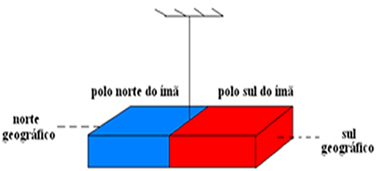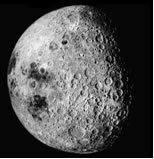According to the history of science, many centuries ago man observed that some stones had the property of attracting small pieces of metal and also interacted with each other. Because they have this characteristic of attraction to metals, these stones came to be called magnets. Thanks to these discoveries the first compasses were built.
In physics, all interactions observed between magnets and the interaction between magnets and iron materials are called magnetic phenomena. Thus, the term magnetism started to be used to study the phenomena that involved magnets.
So let's see the properties of magnets
I – in the first observations made about magnets, it was possible to verify that they had the ability to interact with each other and also attracted small pieces of iron. It was also noticed that placing iron filings close to the magnet, they agglomerate at its end. The regions where the filings agglomerate came to be called magnet poles. He then agreed to the north and south poles.
II – placing a magnet suspended by a wire, so that it can rotate freely, it was noticed that it always positions itself towards the geographic north-south of the place where it is suspended. Therefore, it agreed that the north pole of the magnet is the one that points to geographic north and the south pole is the end that points to geographic south.

III – the magnets exert, among themselves, forces of mutual action of attraction and repulsion, depending on the position in which they are placed in front of the other. Therefore, we say that the equal poles of a magnet exert repulsion forces and the different poles exert attractive force when placed close together.
IV– Another property observed in magnets was the inseparability of their poles. This ability allows the magnet, when it is broken, to create new poles, that is, regardless of how much it is broken, the north and south poles will always appear on the magnet.
By Domitiano Marques
Graduated in Physics
Source: Brazil School - https://brasilescola.uol.com.br/fisica/conhecendo-as-propriedades-dos-imas.htm

